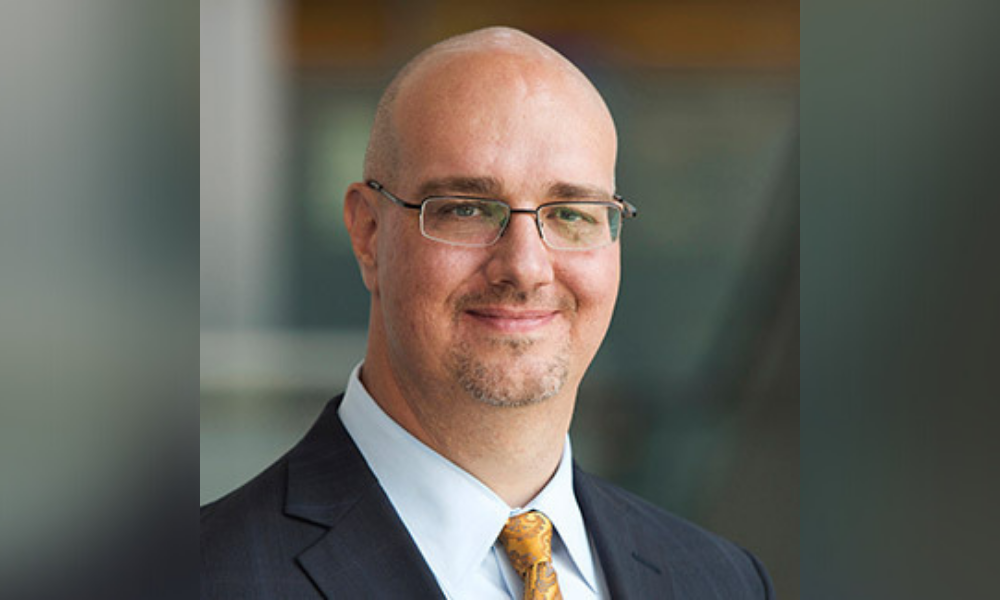Reliance on technology to improve efficiencies "an ongoing" effort – VP

The mortgage industry has changed radically in the last five years in terms of automation.
Once common practice, paper-based verifications, in-person closings and lack of industry data standards have gradually given way to today’s innovative high-tech solutions across the origination process.
Freddie Mac has been at the forefront throughout, introducing automated asset and income solutions, facilitating remote electronic closings via its eMortgage purchase program, as well as innovative API solutions that enable the flow of information without heavy integrations, to name but three.
Loan Product Advisor® (LPASM), the evolution of Freddie Mac’s automated underwriting system, reimagined the origination process in 2016. Since then, thanks to it and its automated capabilities, some $395 million have been saved in processing expenses and $663 million by borrowers in appraisal fees alone.
Read more: Black Knight boosts Freddie’s loan pricing capabilities via integration
Sam Oliver (pictured), Freddie Mac’s vice president of single-family product delivery, reflected on the company’s five-year track record.
“Lenders are saving seven to 10 days off processing timelines and leveraging appraisal waiver opportunities resulting in direct consumer benefits and cost savings in the origination process.”
It’s a far cry from the early days, when convincing lenders that they should renounce tried and tested but obsolete methods in favor of newer and more efficient tech-based systems was a job in itself, Oliver recalled.
“There were many times in the early days, where lenders and their underwriters or processors were just doing what they had done before, as opposed to taking advantage of the technology available to them,” he said.
Read more: Fannie Mae and Freddie Mac reveal full-year financial results
Oliver, who has been at the company since October 1992, reckoned that although LPA made the greatest impact, newer products have also been enthusiastically embraced by the lender community.
He said: “I don’t want to discount eMortgages, which have really grown exponentially over the last three years. We often see lenders start with a hybrid process, and then move to a full, digital electronic closing.
“Sometimes they start with refinances and then move to purchases, but we’ve seen a significant increase in mortgage volume over the last two-and-a-half to three years. I think that the industry has really started to embrace it, particularly in light of some of the adaptations that they had to make following the pandemic last year.”
Over the years Freddie Mac has added automated offerings to LPA, such as automated collateral evaluation (ACE) that leverages Freddie Mac’s proprietary models, along with historical data and public records to, in certain situations, waive an appraisal
In the last few years Freddie Mac has also helped its lender and client partners as they look to include an upfront digital experience to the closing table.
Oliver said: “There’s been more of an appetite to get to what I call a true end-to-end digital mortgage including a digital closing - allowing the borrower to close on a loan from their own home with remote online notarization.”
Freddie Mac has gotten that feedback directly from their clients, who are getting it directly from their clients – the borrowers. It’s so important to keep a finger on the pulse of the industry by listening to what they’re asking for, he noted. “Consumers often wonder why they go through each step of a process to get a home loan electronically and then have to show up somewhere to sign a bunch of paper. (They ask) ‘What’s the point of that when I can do everything up to the closing table electronically?’”
With a mortgage technology market reputedly worth more than $10 billion today, the potential for even greater growth through the implementation of more sophisticated technology cannot be ignored, Oliver added.
“We’ve helped define standards for the industry, and we’ve positioned ourselves to provide support across the mortgage ecosystem,” he said.
“I encourage the industry to look at this as an ongoing journey. There is going to be a continuous reliance on technology to improve efficiencies.
“And it’s an ongoing journey that we are on with the rest of the industry, and we will continue to play our role in enabling a true digital mortgage,” he concluded.



